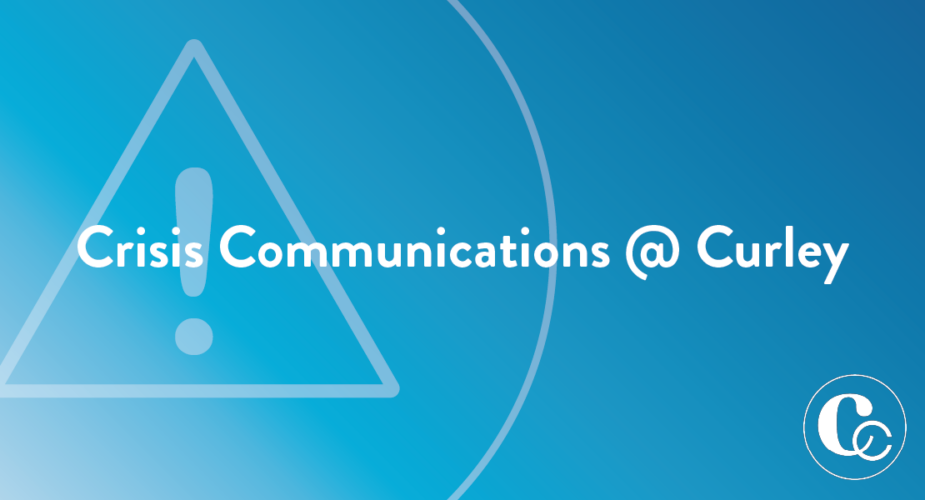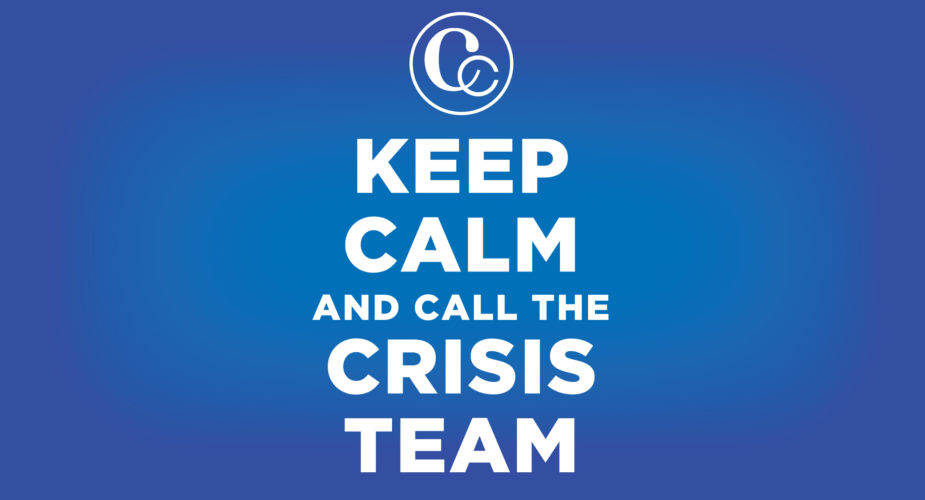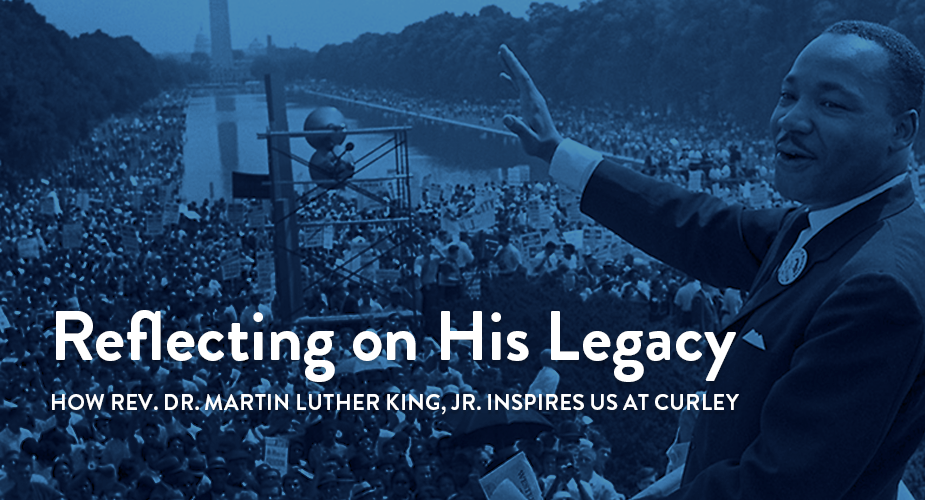Crisis Communications @ Curley
What COVID-19 Has Taught Us About Crisis Communications
Nearly a decade ago, I began writing about crisis communications—on topics ranging from questioning clients on “What’s Keeping YOU Up at Night?” to implementing a “No Surprises” approach to crisis communications. My insights are grounded in the 30+ years of experience in Washington, and beyond, providing issues and crisis counsel to clients and senior leaders and I’ve seen several inflection points over the years that fundamentally change how we communicate during crisis. COVID-19, as many have widely observed, is one of the most recent inflection points driving change in all aspects of our lives, including strategic communications.
After more than two years of dealing with COVID-19, companies and organizations have all pressure-tested their crisis communications muscles during the pandemic and hopefully, have learned what works and what doesn’t during a significant business interruption that seems to change on a weekly, if not daily, basis.
Lesson one – A crisis communications strategy must be nimble and adaptable to meet the new challenges and obstacles that arise over time. As we counsel and guide our clients through a crisis, one approach we often employ is to begin each session with the crisis team with a simple set of questions:
- Where are we now?
- Where do we want to be?
- How do we get there?
As with much of the strategic communications advice given during a crisis, the questions are quite basic—but yield answers that can be quite telling. They belie an emotional intelligence level that understands that plans made yesterday may no longer meet the requirements needed to be successful today.
Lesson two – Flexibility requires practice and training. I like to give the example you can’t run a mile without warming up and practicing first. This lesson holds true in crisis communications too. A crisis is a moving target and effective crisis communications counsel must track developments and progress and evolve or recalibrate quickly. Above all else, crisis communications planning must build in flexibility and leaders must be confident and disciplined when adapting and changing course during uncertain times. That confidence is honed when a muscle is developed through intentional recurring reviews of crisis scenarios and pressure testing responses, much like how physical fitness is improved through continued training.
Lesson three – Leading through crisis requires being solutions oriented. Think of the various phases of COVID we have all endured since mid-March 2020. Most of us believed we would leave our offices for a week or two and return to normal business later in the spring. What came next instead were lockdowns, remote work, business closures, travel restrictions, hospitalizations and deaths, vaccines, spikes, variants, COVID fatigue and the “great resignation” – to name just a few of the challenges that arose. Expectations of leaders shifted dramatically with stakeholders wanting to see their leaders both in the spotlight and behind the scenes, sharing solutions to move towards stability during times of uncertainty.
At Curley Company, our House Rules are posted clearly on our wall. Number four states: “We are solution seekers”— a value never more important than when we guide a client through communications during a crisis.
The iterative nature of crisis communications requires that we meet the evolving challenges anew each time we strategize our path forward. Overnight, we may find the obstacles facing a client now include media inquiries, negative social media engagement, video recordings or rampant rumors among employees—with each challenge requiring modification to our previously developed approach to communications. Recognizing that circumstances will evolve during the lifespan of a crisis and leaning into the problem-solving skills of the selected crisis team is essential to successful mitigation.









